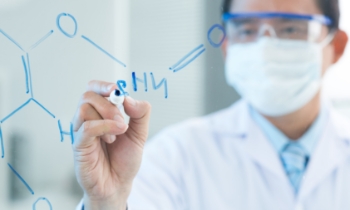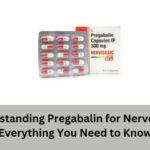Introduction:
In both research and industrial settings, the isolation and purification of impurities play a crucial role in ensuring product quality, safety, and efficacy. Whether it’s pharmaceuticals, chemicals, or advanced materials, the removal of impurities is paramount for achieving desired outcomes. However, this process often involves multiple steps and can be time-consuming and resource-intensive. Thus, streamlining these processes becomes imperative to enhance efficiency, reduce costs, and accelerate product development. In this article, we delve into the strategies and technologies involved in optimizing the isolation and purification of impurities, bridging the gap between research and industrial applications.
Understanding Impurities: Impurities, whether organic or inorganic, can significantly impact the properties and performance of final products. They may arise from various sources such as raw materials, synthesis processes, or environmental contaminants. Identifying and characterizing these impurities are essential steps in devising effective purification strategies. Advanced analytical techniques such as chromatography, spectroscopy, and mass spectrometry play a vital role in elucidating impurity profiles and their concentrations.
Challenges in Isolation and Purification: One of the primary challenges in isolating and purifying impurities lies in their diverse nature and distribution within the matrix. Additionally, impurities often exist in trace amounts, making their detection and removal arduous tasks. Moreover, conventional purification methods may not be efficient or scalable enough to handle complex mixtures or large-scale production. These challenges underscore the need for innovative approaches to streamline the purification process while maintaining product integrity.
Strategies for Optimization: Several strategies can be employed to optimize the isolation and purification of impurities, ranging from process design to the utilization of advanced technologies. Design of Experiments (DOE) methodologies can help identify critical process parameters and optimize conditions for maximum efficiency. Furthermore, integrating continuous processing techniques can enable real-time monitoring and control, leading to enhanced process robustness and reproducibility.
Utilization of Advanced Technologies: The advent of advanced technologies has revolutionized the field of impurity isolation and purification. Chromatographic techniques such as high-performance liquid chromatography (HPLC) and gas chromatography (GC) offer high resolution and selectivity for separating complex mixtures. Additionally, membrane-based separation processes such as ultrafiltration and reverse osmosis provide efficient means for removing impurities at the molecular level. Moreover, the emergence of novel sorbents and resins with tailored selectivity has further expanded the scope of purification strategies.
Integration of Automation and Robotics: Automation and robotics play a pivotal role in streamlining purification processes, especially in high-throughput settings. Automated systems can perform repetitive tasks with high precision and accuracy, reducing human error and variability. Robotics-enabled platforms facilitate the seamless integration of multiple purification steps, allowing for continuous processing and optimization of resource utilization. Furthermore, the use of robotic arms equipped with advanced sensors enables adaptive control and optimization based on real-time data feedback.
Application in Pharmaceutical Industry: In the pharmaceutical industry, the isolation and purification of impurities are critical steps in drug development and manufacturing. Regulatory agencies such as the FDA impose stringent requirements regarding the purity and quality of pharmaceutical products. By implementing optimized purification processes, pharmaceutical companies can ensure compliance with regulatory standards while accelerating time-to-market for new drugs. Furthermore, the adoption of continuous manufacturing approaches offers advantages in terms of flexibility, efficiency, and cost-effectiveness.
Case Study: Purification of Active Pharmaceutical Ingredients (APIs): Consider a case where a pharmaceutical company aims to purify the active ingredient of a new drug candidate. Traditional purification methods involve multiple steps of extraction, crystallization, and chromatography, each requiring significant time and resources. By leveraging advanced chromatographic techniques coupled with automated systems, the company can streamline the purification process while improving yield and purity. Continuous monitoring and control enable real-time adjustments, minimizing the risk of impurity buildup and ensuring consistent product quality.
Conclusion:
The optimization of isolation and purification processes is essential for enhancing efficiency, reducing costs, and accelerating product development in both research and industrial settings. By employing advanced technologies, automation, and continuous processing approaches, organizations can overcome challenges associated with impurity removal while maintaining product integrity and compliance with regulatory standards. Streamlining purification processes not only improves operational efficiency but also paves the way for innovation and advancement in various fields, from pharmaceuticals to chemicals and beyond.
Your trusted partner for high-quality impurities exports.Delivering excellence worldwide for your pharmaceutical requirements.
This post was created with our nice and easy submission form. Create your post!





